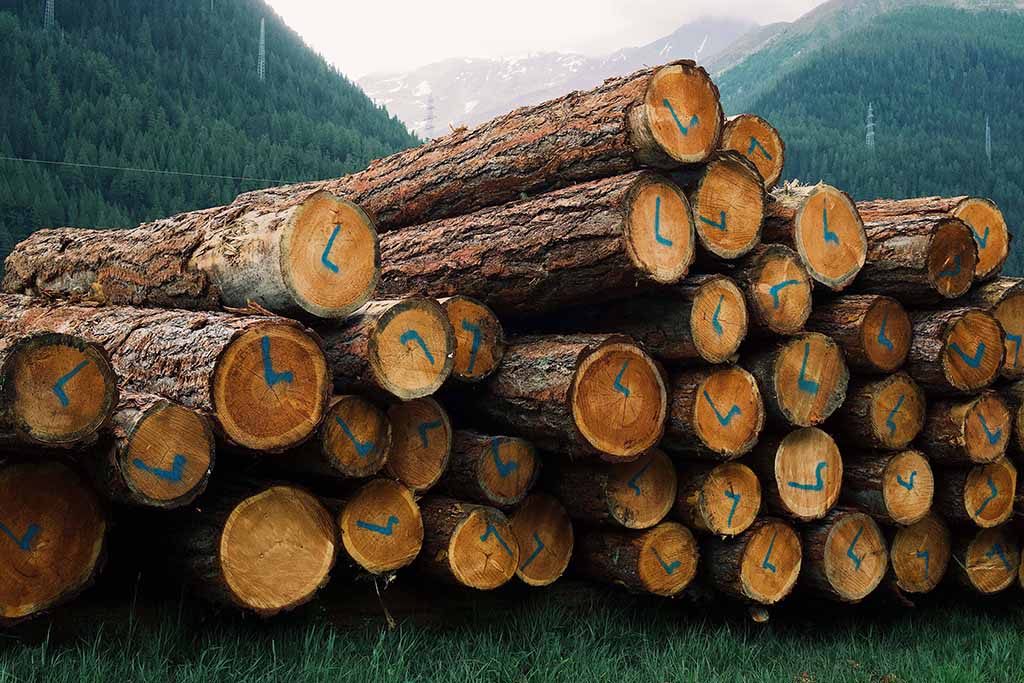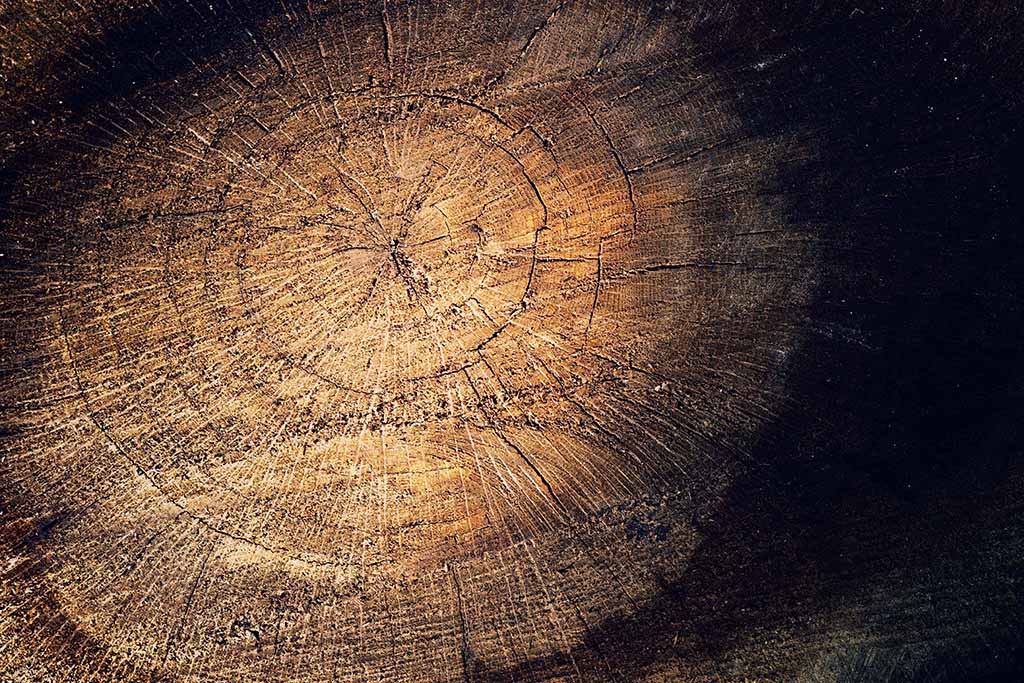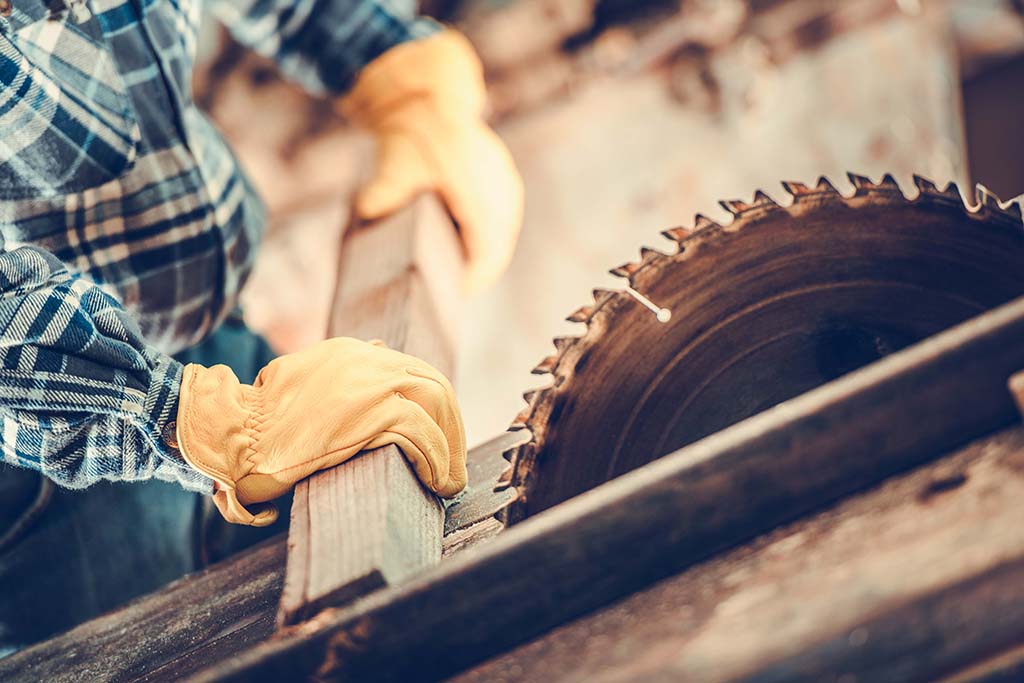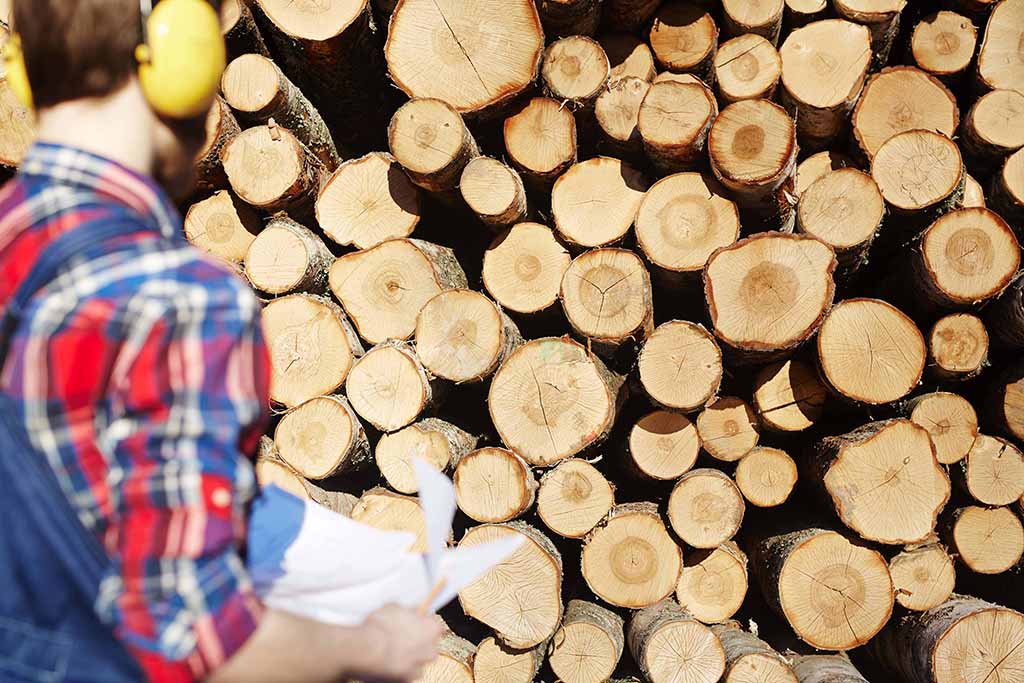


Hardwood vs Softwood is a typical inquiry of anyone who intends to create furniture. Whether to assemble a deck in their nursery, cabinets at their homes, floorings in their office, or just furniture. Let us understand how to classify wood as either hardwood or softwood. Carpenters utilize both in various sorts of development. It is easy to consider hardwoods being hard and sturdy contrasted with delicate softwoods.
A lot of variables that concern both kinds of woods are equally essential. Think wisely before you officially conclude the one that will suit your necessities better. Here, is the expansion on what hardwoods and softwoods are! And the way they contrast from one another. Not the least how they are utilized in our day by day lives.
Origin



Hardwood vs Softwood traces its difference from their producing tree. In hardwood when the seeds of the tree have a coating like fruit or shell. Softwoods produce seeds that do not have a coating. These natural contrasts and biological differences affect the qualities of the wood. Consequently, the properties impact its use.
Hardwood is made from angiosperm, slow-growing trees. For example, oak, maple, ash, or pecan, as well as other broadleaved trees. It is a type of angiosperm that contains a single embryonic leaf and no monocots. The structure of hardwood is very complex. Thus, it is a deciduous tree.
Softwood comes from gymnosperm trees, typically evergreen conifers, like pine or tidy. These seeds are not encased. And, the normal woody looking cone that we consistently see is a female cone that produces seeds. Besides, the male cones produce dust and are typically less prominent. As these seeds are released into the breeze, they spread across an enormous distance.
As a rule of thumb, if the tree has foliage lasting through the year and is, accordingly, evergreen, it is a type of softwood. About 80% of world timber wood comes from softwood.
The differentiation between the two kinds really comes from the way the tree makes the wood. Rather than exclusively its thickness. Albeit a wide range of wood reproduces through seeds! Basically, the seed structure differs between hardwoods and softwoods.
Structural Difference



From microscopic to surface level, hardwoods, in general, have broad leaves. They shed these leaves in winter. At the same time, softwoods have needles and cones, which they keep consistently. The vessel component of hardwood transports water all through the wood. These components appear as pores at the microscopic level.
In softwoods, medullary beams and tracheid’s transport water and produce sap. If you view under a microscope, softwoods have no pores as tracheids do not have pores. Technically, the pores in hardwoods give it conspicuous grain, which is very different from softwood as it has light grain.
Durability and Price Difference



Hardwood trees are more difficult to process. Also, it takes a long-time to grow. These trees are hard to measure and requires some investment for the trees to develop. This makes hardwood decking the costliest choice available in the market.
It may not be the most spending plan benevolent alternative. But it will pay off as expected. Hardwood deckings preserve their appearance all through the years. Moreover, they even look better in a couple of years. If maintained well, hardwood decking’s life expectancy can reach as long as 50 years.
Softwood decking is made from coniferous, which are fast-growing trees. Thus it makes them the most budget-friendly option. In addition, most deckings are made from softwood as they are affordable materials and easily available in the market. Softwood gives out an attractive look for a couple of years. Hence, it is a fast solution for installations. Considering, how hardwood vs softwood have their pros and cons, it is essential to know them before making the correct choice.
The timber of softwood needs to be well-maintained in order to protect them from various insects and fungal diseases. The attractive look will wear out in few years if not maintained well. Pressure-treated softwood can keep going for a truly significant timeframe. However, if not treated well, softwood decking’s life expectancy can keep going for around 15 years.
Difference in Construction



Hardwoods split if you pound nails into them. Whereas, softwoods do not part that easily. Even though it is enticing to say that denser, harder woods are better for development, it is not true. Since softwoods are lighter and will take a nail effectively without parting, they can be extraordinary for general development. Moreover, 80% of timber wood comes from softwood. Also, most of it will be found in building components.
Uses



Hardwoods and Softwoods are often used for the same purposes. But their differing characteristics distinguish their uses in different projects. Both hardwoods and softwoods are often used in making furniture and in construction projects. However, certain elemental variation makes a greater change in the application of specific timbers., That is where the hardwood vs softwood dilemma begins to appear in the game.
The thickness and grain of every wood decide their perfect use. Due to sturdiness, high density, and decay-resistant nature outdoor furniture projects like flooring, outdoor paneling, or a deck are often made of hardwood. At the same time, most construction materials need softwood materials.



Accordingly, hardwood is a superior fit for very good quality furnishings. Particularly, the dining tables are constructed because of excessive wear and tear. The lumber’s high density likewise takes to finishes in a way that is better than softwood. Besides, the softwood’s porousness leads to an uneven and blotchy finish, if not prepared appropriately.
You may think since hardwood is denser and sturdier, it is better for outlining a structure. In any case, its thickness is the thing that does not make it ideal to use in these activities. As mentioned before, nailing splits a piece of hardwood.



All things considered, you would have to pre-drill an opening to screw a secure piece of hardwood. This takes incredible time and care. Thus, it makes it impossible for the construction process.
In contrast to this, softwood is more flexible and forgiving. The wide grain of softwood takes the nail gun without compromising its integrity and as it is less dense. Moreover, the pieces are less trafficked and better utilized.
HARDWOODS



Outdoor furnishings and decking: Hardwoods is the best choice if you are expecting the furniture to be outside all day. Hardwoods, such as Ekki and oak, decay slowly than softwoods.
Notwithstanding the fact that they require less support, it is ideal to take care of hardwoods by waxing their ends. Also, occasional oiling will prolong the lifespan of hardwood.
Musical instruments such as violin, guitar, etc are made from hardwood.
Solid Wooden Furniture: The most popular choice is oak. Furniture made of oak hardwood is very durable.
Construction: Construction needs long-lasting materials. And, hardwoods are utilized for high-quality joinery for longevity purposes.
SOFTWOODS



Construction: Used for molding window frames (glulam and lumber frames) and doors, the exterior of walls, and other furnishings. Most rooftop structures are often constructed from softwoods.
Outdoor furnishings and decking – If treated effectively, softwoods are a decent choice. It is often used for framing, studs, joints, and pillars.
Medium Density Fibreboard (MDF): Softwood is likewise designed to make medium thickness fiberboard (MDF). Itis frequently used to supplement hardwood in furnishings.
Nevertheless, it also depends on the appearance and how you wish to suit it to your space. The discussion about hardwood vs softwood boils down to a few properties, which we arrange it to understand clearly.
Major Differences
| Characteristics Difference | Hardwood | Softwood |
| Origin | Deciduous Trees | Evergreen Trees |
| Density | Heavyweight | Lightweight |
| Price | Expensive | Less expensive |
| Structure | Low sap and Distinct annual rings are found | High sap and Annual rings are not distinct |
| Durability | Highly durable | Less durable |
| Fire Resistance | Highly fire resistant | Poor fire resistance |
| Fiber | Dense fiber | Loose fiber |
| Uses | In making furniture, paper, solid wood products, paper pulp, and cabins. | In making furniture, paper, and flooring. |
| Examples | Oak, Teak, Maple, Mahogany | Pine, Spruce, Fir, Redwood |
